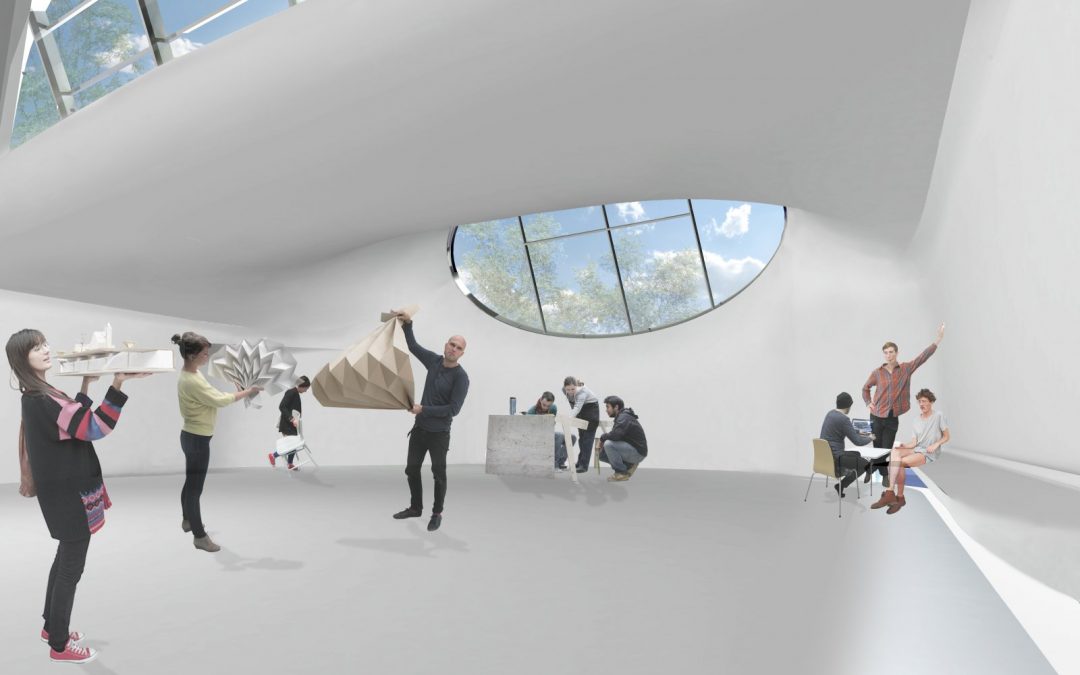A lot of the media and political focus surrounding capital projects and infrastructure is normally on larger multi-faculty institutions, often overlooking government-funded projects and investment within other universities such as smaller more bespoke institutions or highly specialised institutions. Last month, we published a briefing as part of our diverse institutions project, showcasing the unique environments and world-class facilities that these institutions provide and the contribution that they make to the diversity and strength of the higher education system in the UK.
The briefing highlighted that institutions across the UK are facing significantly high capital costs and expensive infrastructure developments, with reduced capital funding and greater competition. Many of the case studies featured reflected the distinctive aspects and benefits of delivering specialist equipment and facilities particularly within smaller or more specialist institutions.
Greater expectations
According to AUDE, the rise in tuition fees has led to students increasingly expecting more from their university in terms of accommodation, IT equipment and teaching and learning facilities. It is more important than ever that institutions provide outstanding state-of-the-art facilities and value for money to ensure high-quality teaching and learning, continued recruitment of students and high student satisfaction.
As a recent graduate myself, I remember my first visit to Royal Holloway and being both overwhelmed and mesmerised with the Founders building, whilst also finding the study spaces such as Imagine and the Harry Potter-style library quite exciting and very well-resourced. By the end of the Open Day, I secretly knew that this was the uni where I wanted to spend the next three years studying (and socialising)!
Imagine – Royal Holloway, University of London (© Viet Pham)
Latest capital investments
To provide these kinds of spaces and facilities, and meet the expectations of students – institutions rely on investments. Since circulating the briefing, a few more prominent examples of capital investment projects have been announced. The Government has just granted the University of Chichester an £8 million fund to build a new Engineering and Digital Technology Park.
This development at the Bognor Regis campus is an interesting example of investment within a Local Enterprise Partnership (Coast to Capital). The new Park will include an Institute for Sustainable Enterprise and a Centre for Digital Technology and will provide cutting edge skills to over 500 students per year, whilst also benefitting the wider community in fostering new technology businesses and jobs in the local area. This will enable the university to compete at both a local and national level, which I believe is pertinent in the current economic climate.
In addition, York St John have secured £120,000 worth of government funding to support their Biomedical Science laboratories. This forms part of the £200 million funding stream allocated by HEFCE to support teaching in STEM subjects during 2015/16.
This STEM funding will be used to acquire specialist equipment for the new teaching laboratories which will enable students, staff and researchers to perform higher-level research and study and gain access to excellent state-of-the-art facilities. Local practitioners will also have the opportunity to use the equipment as part of their training for Continuing Professional Development (CPD).
Sustainability
These recent capital projects demonstrate the importance of outstanding infrastructure within higher education institutions and the central role they play in not only supporting students, but also local economies and key industry partners in specialist sectors.
And in a world where it is widely recognised that long-term economic growth can only be achieved through investment in a highly skilled workforce – world-class higher education institutions have become particularly critical in this regard.
All sizes and types of institution must be able to adapt to support the diverse needs of students, offering them the opportunity to learn in spaces with cutting-edge and industry-standard kit and to equip them with the skills needed for future employment. The HE estate must also support research and business collaborations. Meeting these challenges requires investment.
However, as the evidence suggests public, private and internal sources of funding provide the major stepping stone for these projects and in order to continue to deliver high-quality learning, it is vital that a diverse range of HE estates are sustained in an efficient, innovative and well-balanced approach.



